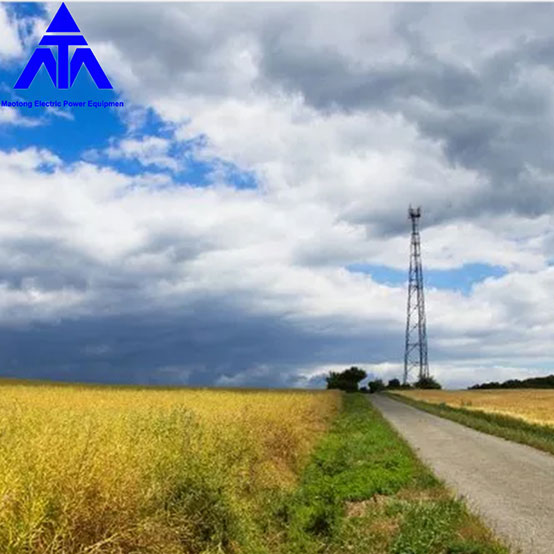Navigating Challenges: Installing, Maintaining, and Upgrading High-Density Telecommunication Tower Steel Pipes in Existing Infrastructure
2024-02-20
In the ever-evolving landscape of telecommunications infrastructure, the deployment of high-density telecommunication tower steel pipes presents a multitude of opportunities and challenges. While these sturdy steel pipes serve as critical components for supporting antennas, transceivers, and other equipment, their installation, maintenance, and upgrade in existing infrastructure can pose unique obstacles. Let's explore the potential challenges and limitations associated with integrating high-density telecommunication tower steel pipes into established telecommunications infrastructure.
Structural Compatibility
One of the primary challenges associated with the installation of high-density telecommunication tower steel pipes in existing infrastructure is ensuring structural compatibility. Existing towers, poles, or structures may not be designed to support the additional weight, wind loads, or lateral forces exerted by steel pipes and associated equipment. Structural assessments and modifications may be necessary to reinforce existing infrastructure or install additional support systems to accommodate the new components, ensuring safety and reliability.
Space Constraints
Space constraints present another challenge for the installation of high-density telecommunication tower steel pipes in existing infrastructure, particularly in urban areas where available space is limited. Integrating steel pipes and associated equipment within constrained footprints requires careful planning and optimization of space utilization. Innovative mounting solutions, such as slimline designs, telescopic poles, or rooftop installations, may be employed to maximize space efficiency and minimize visual impact while maintaining performance and reliability.
Access and Logistics
Access and logistics pose logistical challenges during the installation, maintenance, and upgrade of high-density telecommunication tower steel pipes in existing infrastructure. Limited access to tower sites, difficult terrain, and logistical constraints may impede the transportation of materials, equipment, and personnel to remote or hard-to-reach locations. Coordination with property owners, regulatory authorities, and local stakeholders is essential to address access issues and ensure smooth project execution while minimizing disruptions to network operations.
Interference and Compatibility
Interference and compatibility issues may arise when integrating high-density telecommunication tower steel pipes into existing infrastructure, particularly in multi-tenant environments or densely populated areas. Co-location with existing antennas, transceivers, or equipment from different service providers or technologies requires careful consideration of frequency interference, signal isolation, and compatibility requirements. Interference mitigation techniques, such as frequency planning, directional antennas, and signal filtering, may be employed to optimize performance and minimize interference issues.
Maintenance and Upgrades
Maintenance and upgrades of high-density telecommunication tower steel pipes in existing infrastructure present ongoing challenges for network operators and service providers. Accessing and servicing equipment mounted on steel pipes may require specialized equipment, trained personnel, and safety protocols to ensure compliance with regulatory requirements and industry standards. Additionally, upgrading equipment or expanding capacity may necessitate temporary service interruptions, coordination with tenants, and careful planning to minimize downtime and maintain service continuity.
Conclusion
Integrating high-density telecommunication tower steel pipes into existing infrastructure presents a host of challenges related to structural compatibility, space constraints, access and logistics, interference and compatibility, and maintenance and upgrades. However, with careful planning, innovative solutions, and collaboration among stakeholders, these challenges can be overcome to unlock the full potential of telecommunications infrastructure. By addressing the unique obstacles associated with installation, maintenance, and upgrades, network operators and service providers can enhance connectivity, expand coverage, and deliver reliable telecommunications services to users worldwide, driving innovation and progress in the digital age.



